As personal trainers and coaches, we can consider ourselves in the “behavior change business”. We often encounter clients who struggle with consistency, who possess the…
READ MORE

As personal trainers and coaches, we can consider ourselves in the “behavior change business”. We often encounter clients who struggle with consistency, who possess the…
READ MORE
The average individual takes about 12,000 breaths in a day. This presents a huge problem for those with dysfunctional breathing patterns.
READ MORE
How do you keep your clients motivated? With your enthusiasm? With proof? Keeping notes is one way to show the client what’s changed in their…
READ MORE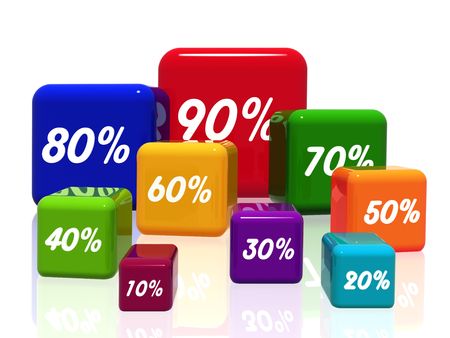
You probably check in on client goals, progress, and results regularly. Getting and proving results is one way you retain more personal training clients and keep your…
READ MORE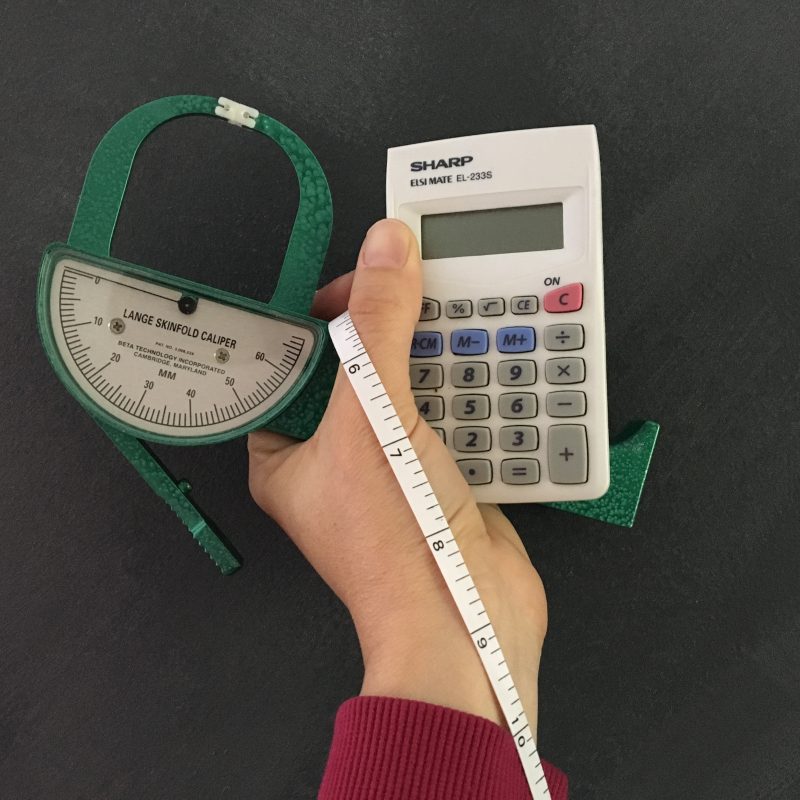
There are several processes and/or approaches for client screening and assessment that ideally takes place at the very beginning of the client-trainer relationship to clear…
READ MORE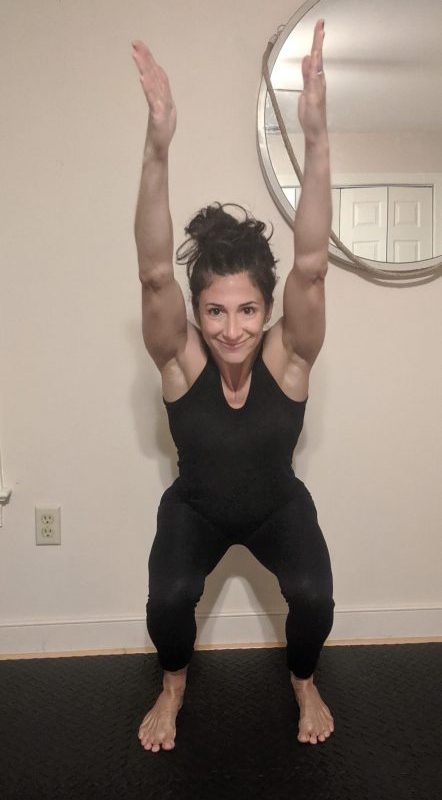
Most personal training clients arrive with muscle imbalances that need to be corrected in order to make gains and prevent injury. The most skillful of…
READ MORE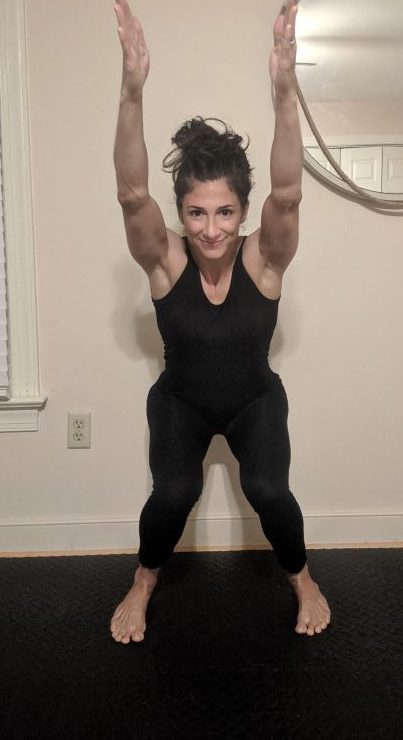
After getting familiar with performing an overhead squat assessment (OHSA) and noting any signs of imbalance or dysfunction, you’ll have to know what to do…
READ MORE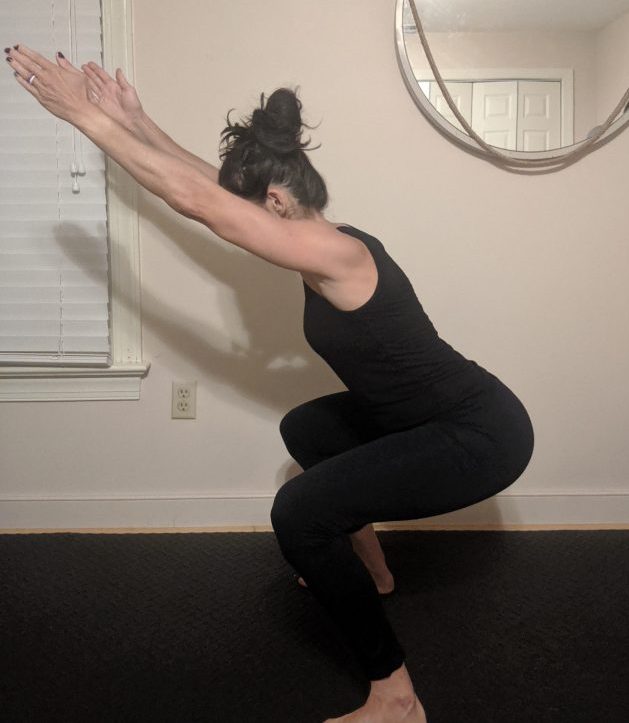
Interpreting the noted signs of an Overhead Squat Assessment (OHSA) can help a persoal trainer identify muscle imbalances, such as which muscles are long and…
READ MORE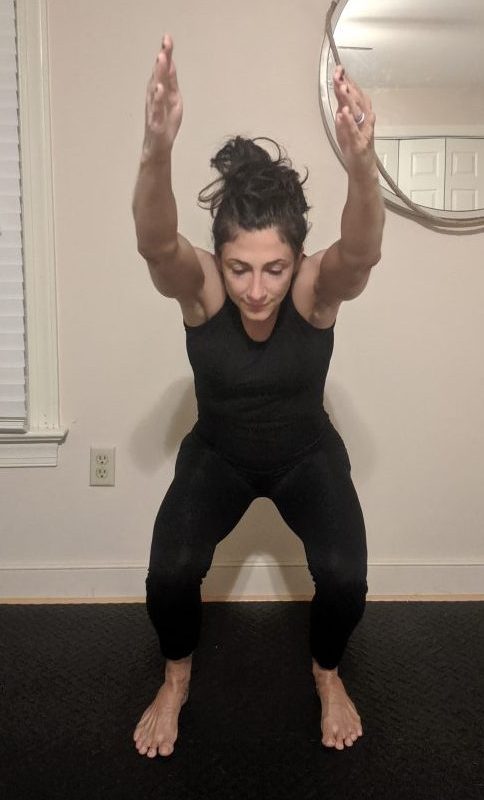
Upper body dysfunction (UBD) may appear upon observation as simple shoulder dysfunction, as has been suggested with models such Upper Crossed Syndrome. But the glenohumeral…
READ MORE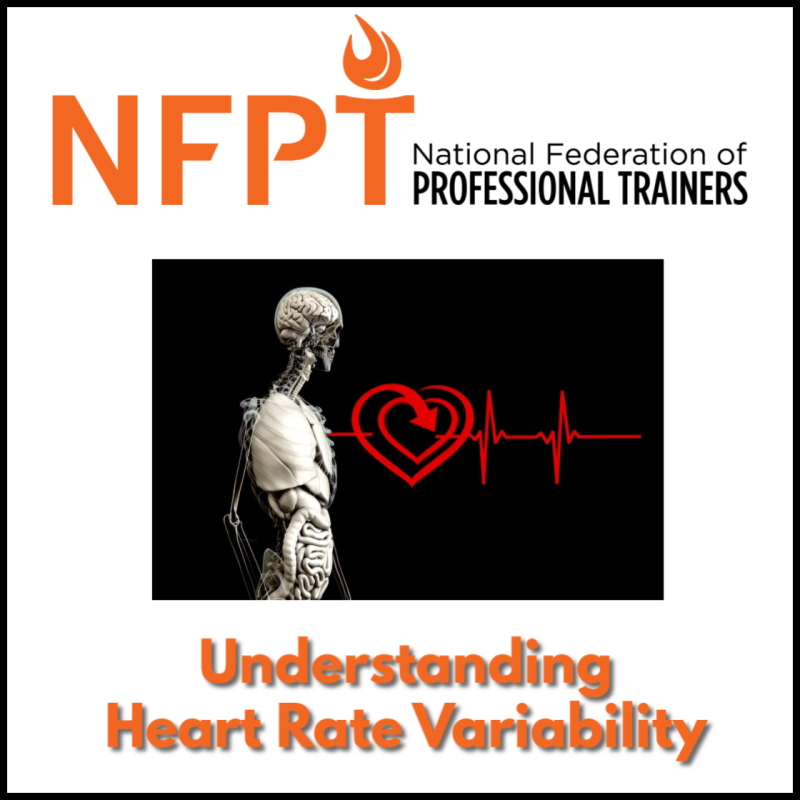
Heart Rate Variability (HRV) training utilizes today’s available technology to assess a heart metric that can provide valuable information about how a client or athlete…
READ MORE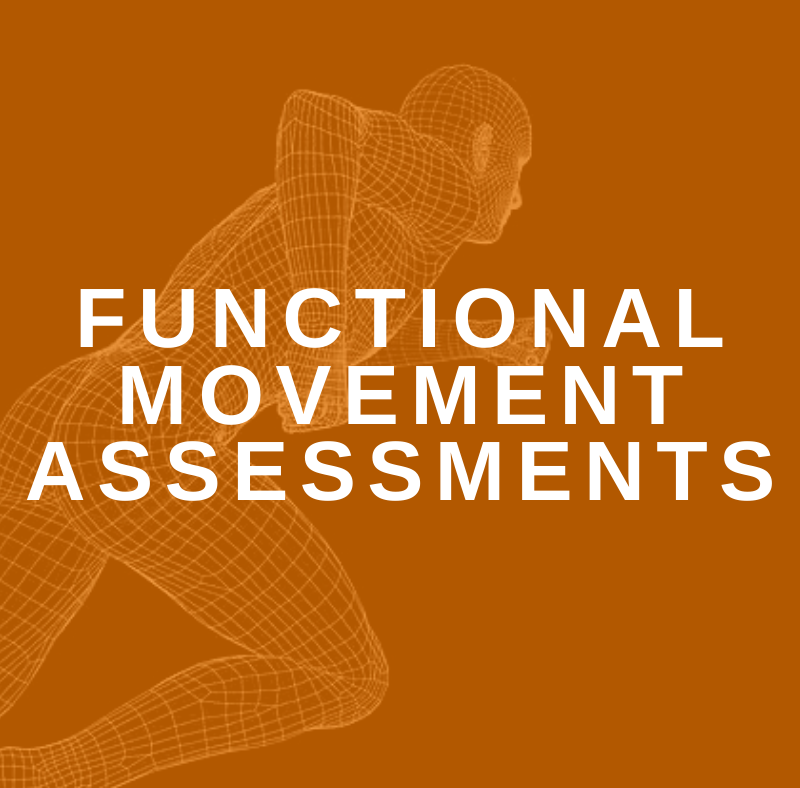
Up until the early ’90s, fitness assessments consisted of measuring body fat, upper/lower body strength, flexibility, and anaerobic capacity. As we learned more about the…
READ MORE
Medicare-aged folks comprise a notable and possibly growing segment of our personal training clientele. Their calendar years may or may not reflect “gym or fitness…
READ MORE